English Heritage sites near St. John, Ilketshall Parish
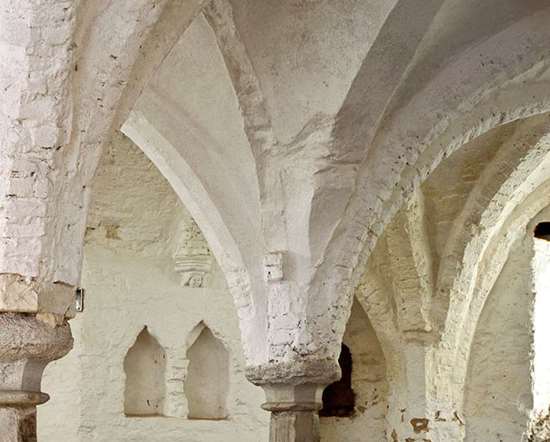
ST OLAVE'S PRIORY
9 miles from St. John, Ilketshall Parish
The wonderfully complete 14th century brick-vaulted refectory undercroft - later a cottage occupied until 1902 - of a small Augustinian priory.
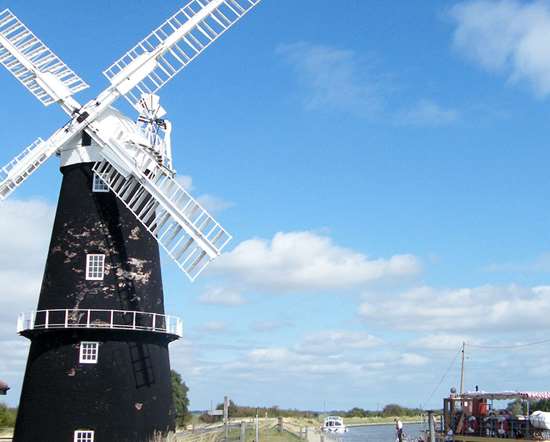
BERNEY ARMS WINDMILL
12 miles from St. John, Ilketshall Parish
Visit one of Norfolk's best and largest extant marsh mills, built to grind a constituent of cement and in use until 1948, finally pumping water to drain surrounding marshland.
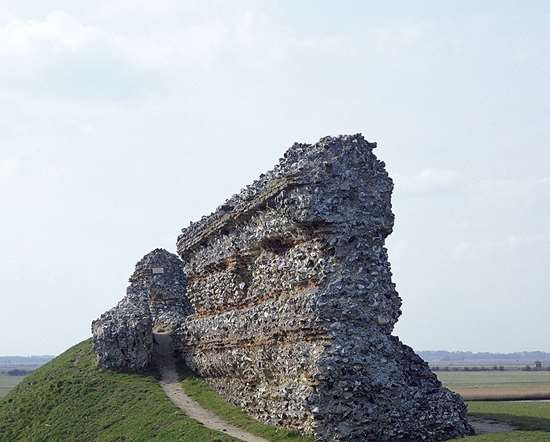
BURGH CASTLE ROMAN FORT
13 miles from St. John, Ilketshall Parish
The imposing stone walls, with added towers for catapults, of a Roman 3rd century ‘Saxon Shore’ fort. Enjoy panoramic views over Breydon Water, into which the fourth wall long since collapsed.
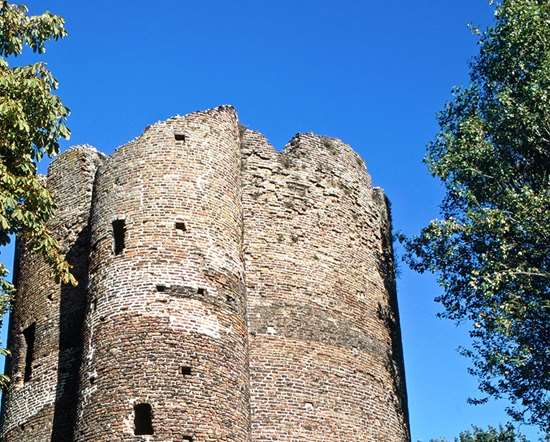
COW TOWER, NORWICH
15 miles from St. John, Ilketshall Parish
One of the earliest purpose-built artillery blockhouses in England, this brick tower was built in c.1398-9 to command a strategic point in Norwich’s city defence.
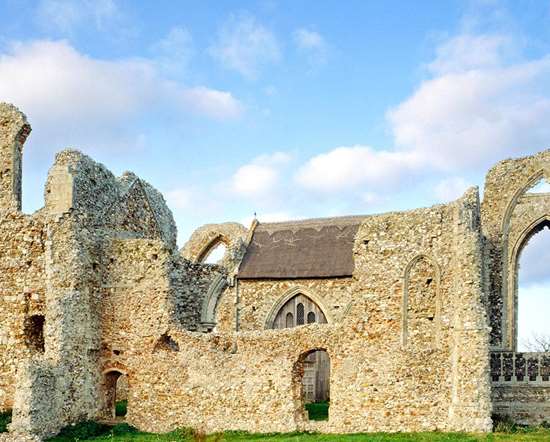
LEISTON ABBEY
16 miles from St. John, Ilketshall Parish
The mainly 14th century remains of an abbey of Premonstratensian canons. Among Suffolk’s most impressive monastic ruins, with some spectacular architectural features.
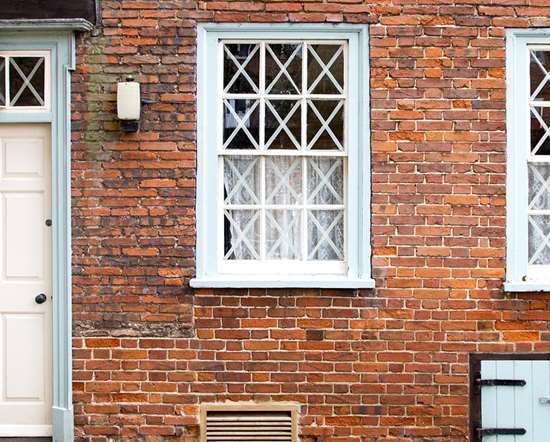
GREAT YARMOUTH ROW HOUSES AND GREYFRIARS' CLOISTERS
16 miles from St. John, Ilketshall Parish
Enjoy a rare trip back in time at this Norfolk visitor attraction. The delightful Row Houses at Row 111 and the Old Merchant’s House are rare remnants of Great Yarmouth’s original distinctive ‘Rows’.
Churches in St. John, Ilketshall Parish
Ilketshall St John, St John the Baptist
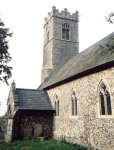
Ilketshall St John
Beccles
01986 781345
The Church of St. John the Baptist is a C14th structure of flint, with stone dressings, in the Decorated style. It consists of a chancel, nave, south porch, and a narrow embattled western tower containing one bell. The Church was completely restored in 1860 and can seat 90 people.
Among the windows are two worth noting. The first is a little chancel window which is a relic from the Norman Church which Sir James de Ilketshall gave to a nunnery at Bungay. The second window is the main east light. The stone work of this was the gift of King Edward VII when Prince of Wales.
As a young man, Prince Edward was somewhat dissolute, and his father, Price Albert, sent him into the depths of the country to remove him from the attractions of London society. Local oral tradition has it that the father of the Prince's tutor at the time was the Rector of Ilketshall St. John. He stayed in the Rectory, his rooms being decorated with a wallpaper carrying the Prince's emblem of three feathers. The first flushable toilet was also installed in the house for his use.
Oral tradition also says that the churchyard contains the graves of two bastard infants born to servants at the Rectory during the period of the Prince's stay. Certainly Prince Edward had several illegitimate children that survived, so for two more to be sired in this rural backwater is not impossible.
Country life clearly suited the young Prince, and he found amusement in nearby Bungay. In 1861, after he had left the village, he gave the stone for the east window, the dedication reading: "Given by Albert Edward, Prince of Wales." What is not yet explained is why a man with such a documented lack of personal religious faith (except when it was publicly and politically expedient,) should give the gift of a window to a Church.
In that same year of 1861 Prince Albert and Queen Victoria began looking for a permanent country home for their eldest son, and from his stays in the area, Edward knew of and suggested Flixton Hall. However, the choice eventually fell to Sandringham in Norfolk as it had better rail connections with London.
The coloured glass in the east window was the gift of R. D. French Esq.
In the first half of the C20th the interior north wall of the church bore traces of old painting. This now seems to have vanished, but at the time there was a picture in the tower which showed what the fresco was like. This has also disappeared and needs to be traced.
The font dates from the early C15th and is a traditional "Suffolk lion" font with four lions guarding the shaft. The outside of the bowl is decorated with carved roses and shields.
There is much wildlife within the Churchyard, and the area is maintained with this aspect of conservation in mind.
The Church doors are open morning to evening every day so that anyone can use the Church for private prayers or just to visit. In the past this has been very much appreciated and used accordingly.
The Church is not easily accessible for physically disabled persons.
No churches found in St. John, Ilketshall Parish
